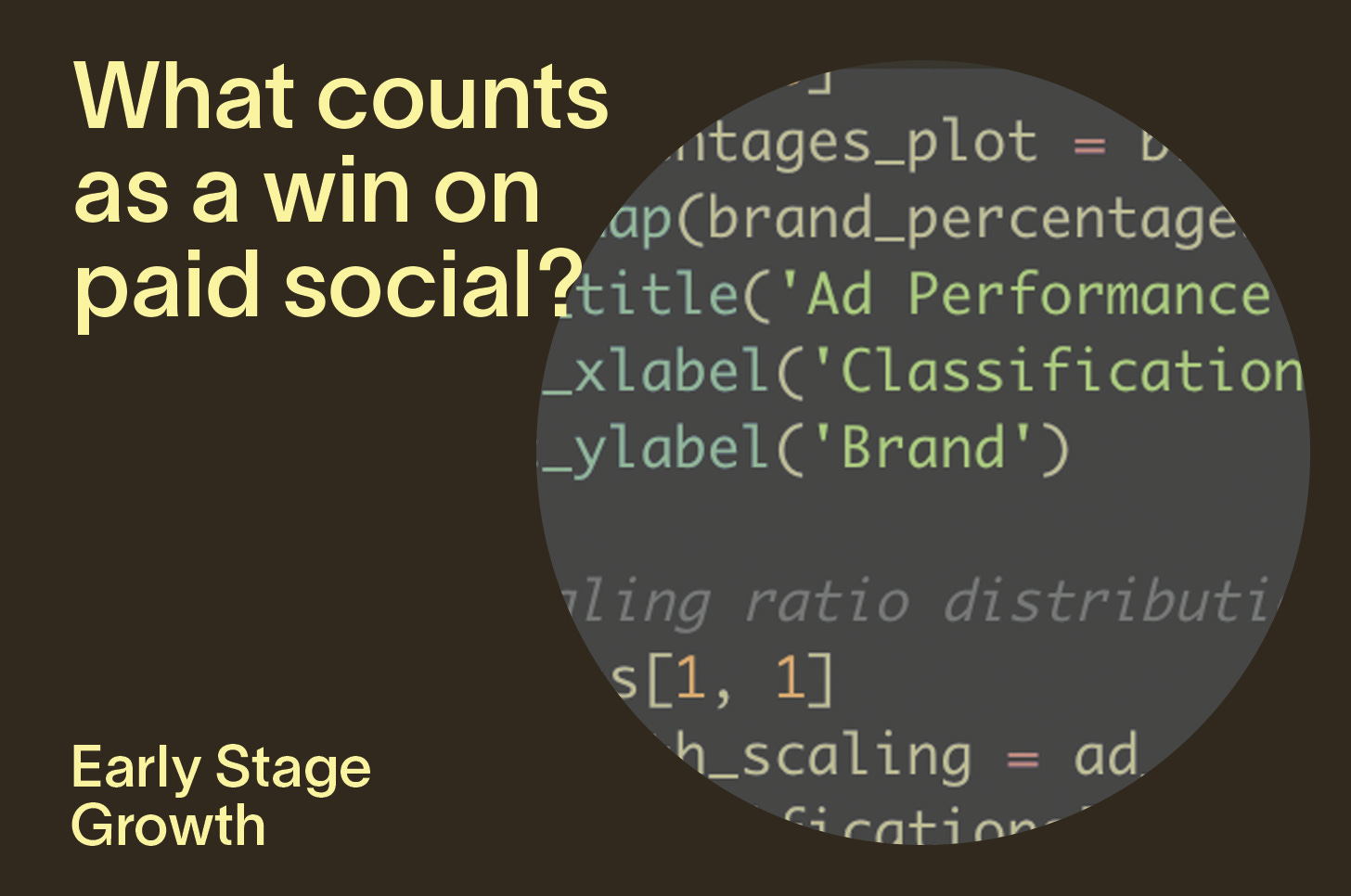What counts as a win?
Analysing win rates, rocketship winners, moderate winners, and false starts.
Last week, I shared a preview of one of our forthcoming reports about upper funnel spend, and Fiona shared her current AI creative stack. That forthcoming report is going to be one of the first fully paywalled pieces we launch here. If you’re not yet a paid subscriber, you know what to do.
In Early Stage Growth this week, I’m looking into what really con…



